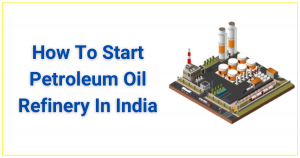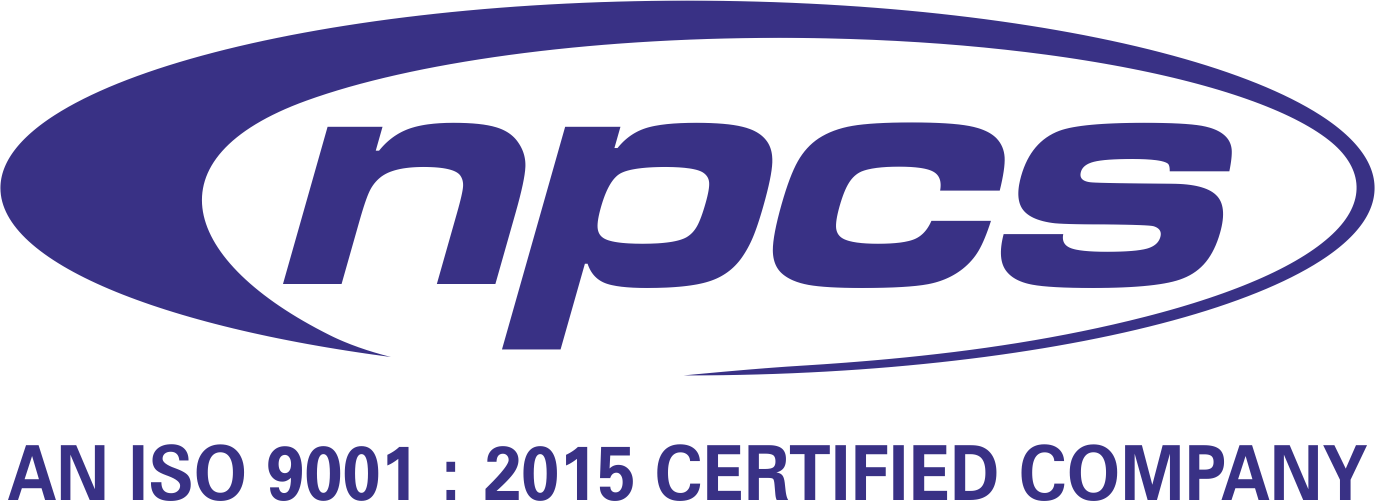
tarting a petroleum oil refinery in India is a significant business venture that requires detailed planning, substantial investment, and compliance with regulatory requirements. As India’s energy demand grows, petroleum refining remains a critical sector with lucrative opportunities. If you’re wondering how to start petroleum oil refinery in India, this guide breaks down the essential steps and considerations to help you embark on this ambitious journey.
Visit this Page for More Information: Start a Business in Petroleum Industry
Understanding the Petroleum Refinery Industry in India
Before starting, it’s important to understand the scale and scope of the petroleum refinery industry. India is one of the largest consumers of petroleum products and relies heavily on domestic refineries and imports. The sector involves converting crude oil into usable products like gasoline, diesel, kerosene, and petrochemicals. This industry demands technical expertise, capital, and adherence to environmental standards.
Related Business Plan: Petroleum and Petroleum Products
Conduct Market Research and Feasibility Study
The first step is conducting thorough market research and a feasibility study. Identify demand trends, supply gaps, and competition. Assess the availability of crude oil sources and transportation logistics. This analysis helps you estimate the refinery’s capacity, location viability, and expected profitability. Feasibility studies are often mandatory for financing and government approvals.
Read Similar Articles: Petroleum Based Products
Decide the Refinery Capacity and Technology
Refinery size can vary from small modular units to large complex refineries. Based on your research, decide on the refining capacity (measured in barrels per day) that aligns with your investment capacity and market demand. Choose appropriate refining technology such as hydroskimming, catalytic cracking, or hydrocracking. Technology impacts operational efficiency, product quality, and environmental footprint.
Related Feasibility Study Reports: Petroleum and Petroleum Products
Secure Land and Infrastructure
Location selection is critical. You need land that is strategically positioned near crude oil sources, transportation networks (ports, railways, highways), and consumer markets. The site must comply with zoning and environmental regulations. Infrastructure requirements include storage tanks, processing units, waste treatment facilities, and utilities like water and power.
Read our Books Here: Petroleum, Greases, Lubricants, Petro Chemicals
Obtain Necessary Licenses and Approvals
Starting a refinery involves strict regulatory compliance. Obtain licenses and permits from various government bodies including the Ministry of Petroleum and Natural Gas, Pollution Control Board, and local authorities. These include environmental clearances, industrial licenses, safety approvals, and building permits. Engaging with regulatory consultants can streamline this process.
Arrange Financing and Investment
Refinery projects require large capital investment often running into hundreds of crores. Explore funding options like bank loans, private equity, joint ventures, or government schemes promoting energy infrastructure. Prepare a detailed business plan and financial projections to attract investors and lenders. Transparent accounting and risk assessment improve funding prospects.
Set Up Plant Design and Engineering
Engage experienced engineering firms to design the refinery plant layout, process flow, and equipment specifications. Engineering design ensures optimal use of space, energy efficiency, and compliance with safety standards. This stage includes procurement of machinery, installation, and commissioning planning.
Recruit Skilled Workforce and Training
A petroleum refinery needs a highly skilled workforce including chemical engineers, safety experts, and operations staff. Plan recruitment carefully and invest in training programs to ensure efficient and safe operations. Consider collaboration with technical institutes for talent sourcing.
Implement Safety and Environmental Measures
Refineries handle hazardous materials and high-risk processes. Develop comprehensive safety protocols, emergency response plans, and environmental management systems. Invest in pollution control technologies like scrubbers, effluent treatment, and emission monitoring to comply with regulations and protect the environment.
Launch Operations and Continuous Monitoring
After installation and testing, launch refinery operations gradually. Monitor performance indicators such as throughput, product quality, energy consumption, and emissions. Use automation and control systems for real-time monitoring. Regular maintenance and audits keep the refinery running smoothly and safely.
Conclusion: How to Start Petroleum Oil Refinery in India Successfully
Starting a petroleum oil refinery in India requires a strategic approach combining market insight, technical expertise, regulatory compliance, and strong financing. By following the above steps — from research to operations — you can build a refinery that not only meets market demands but also operates sustainably and profitably.
If you plan to enter this vital sector, start with solid groundwork, expert partnerships, and a long-term vision. India’s growing energy needs make petroleum refining a promising opportunity for visionary entrepreneurs.
Click here to send your queries/Contact Us
See More Links:





